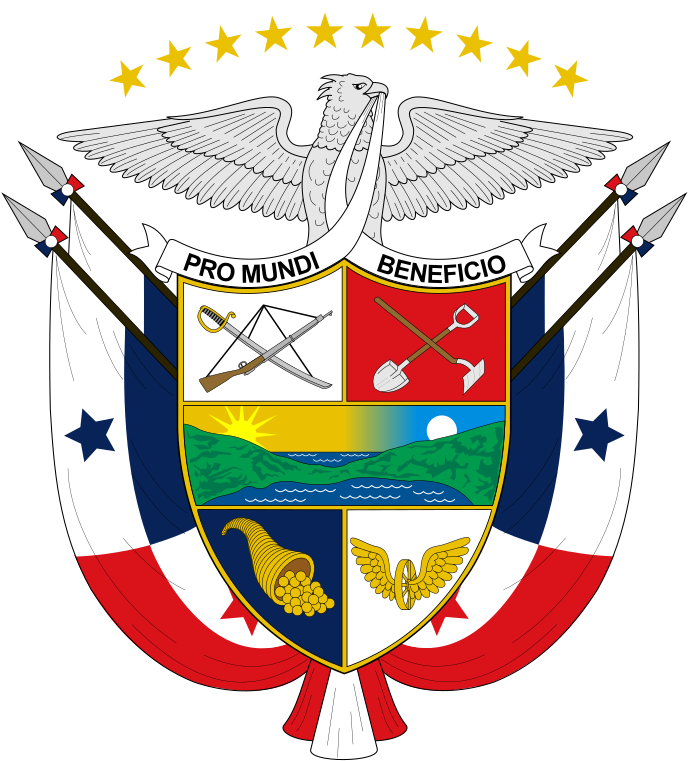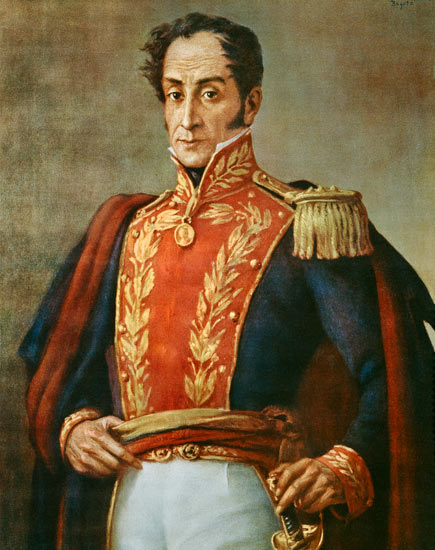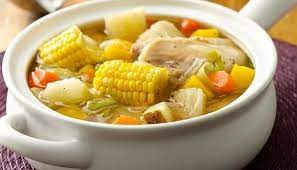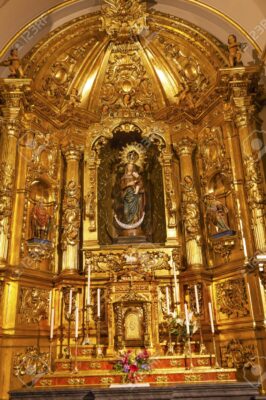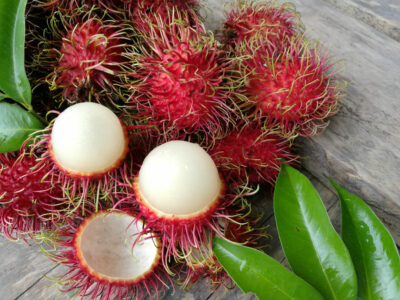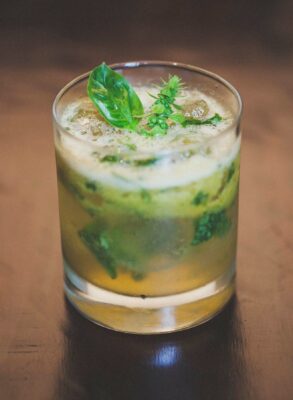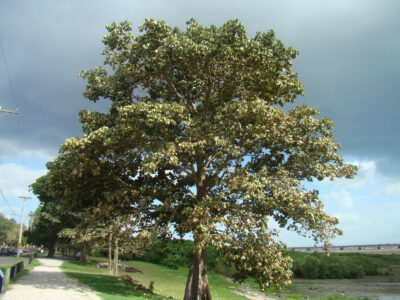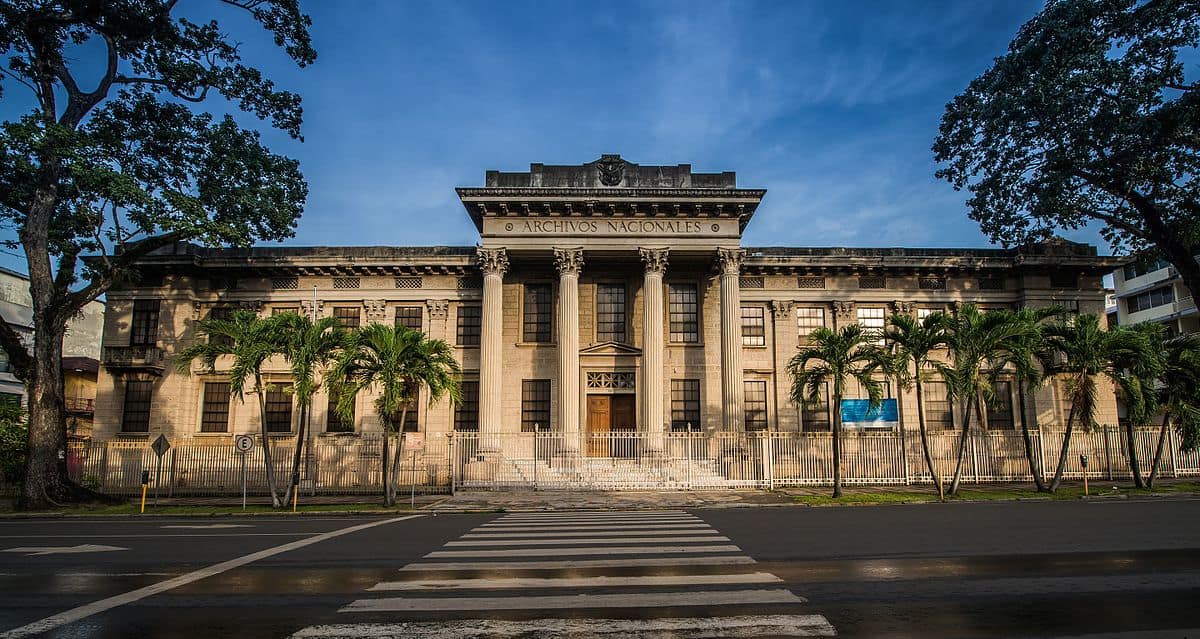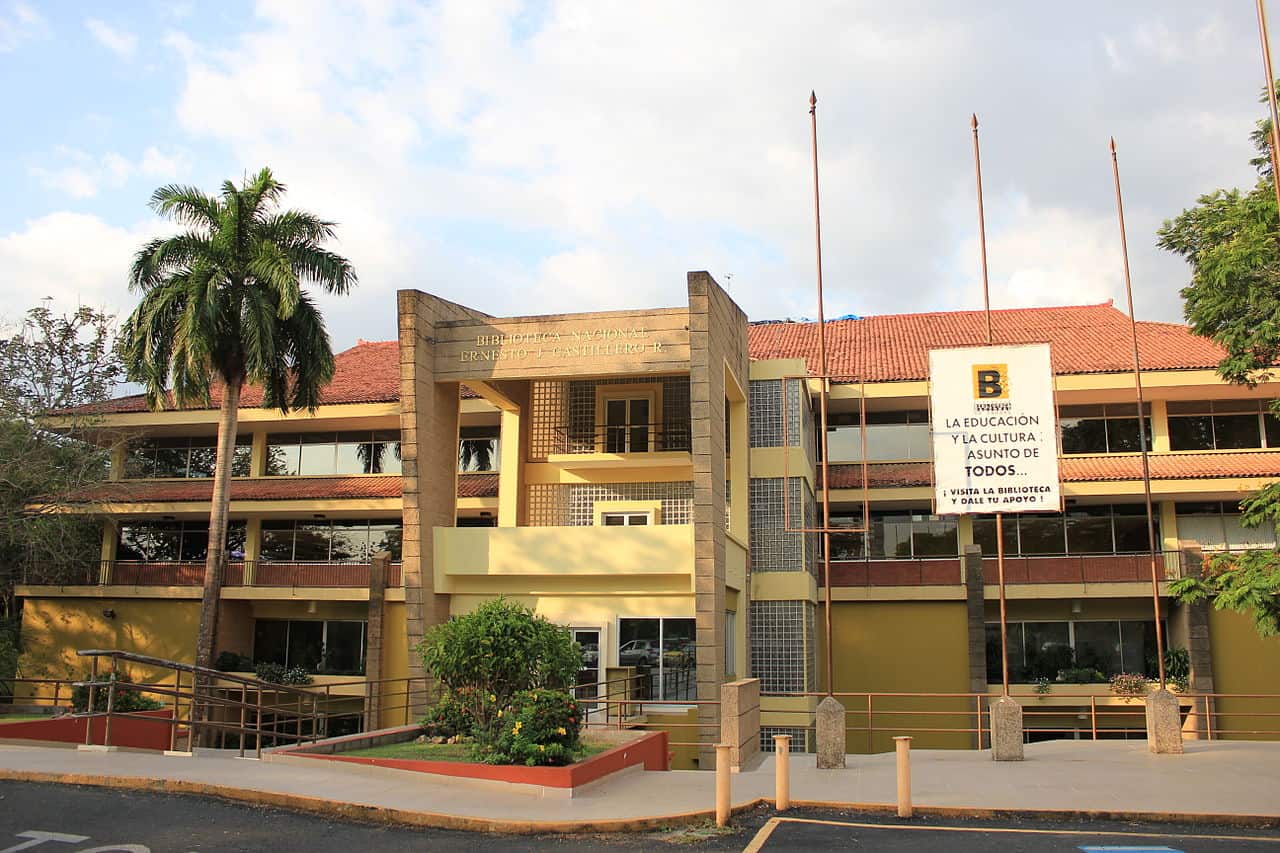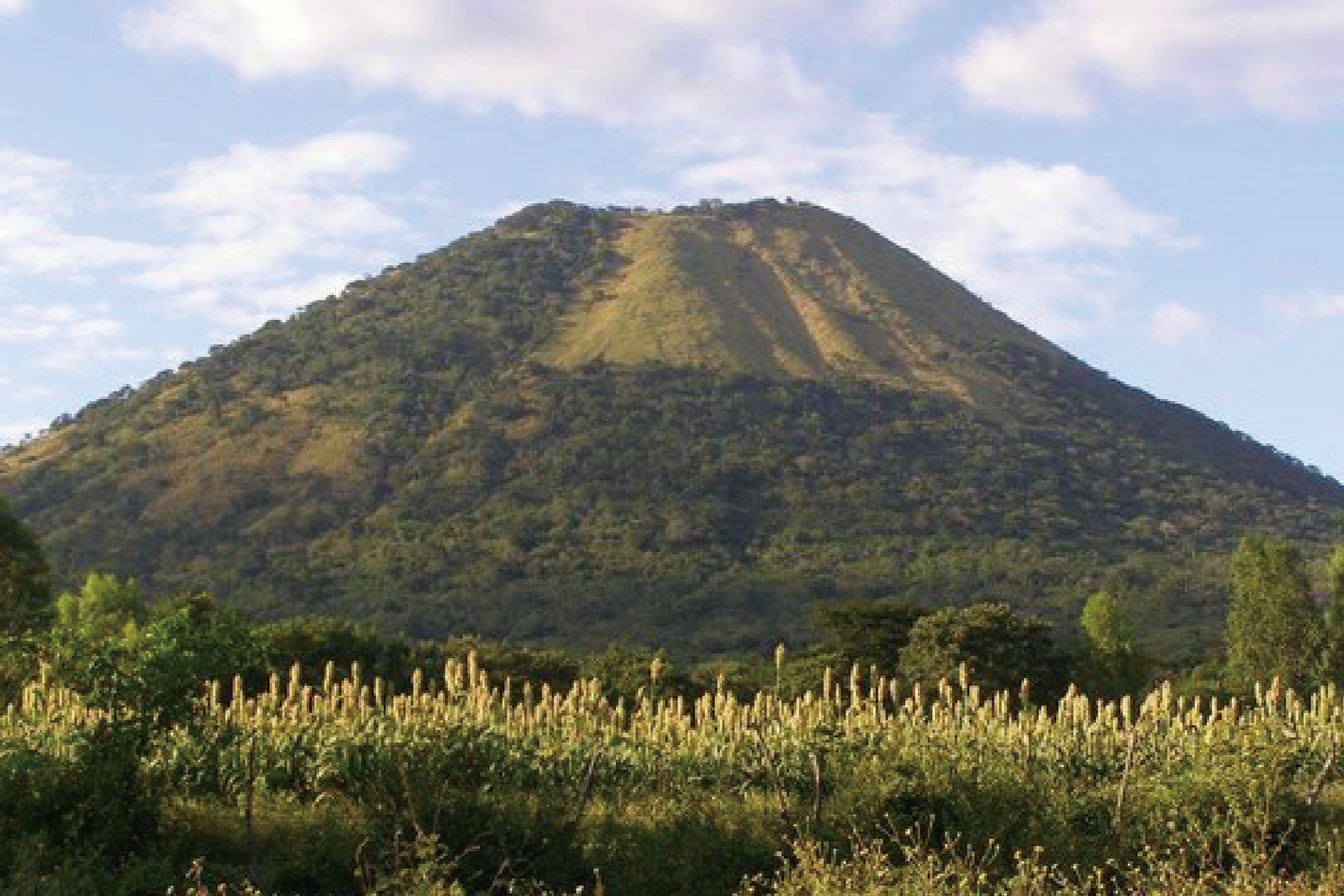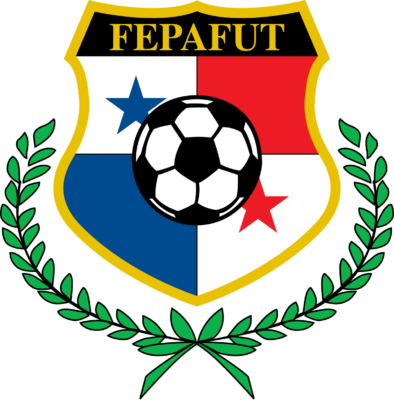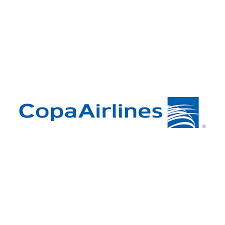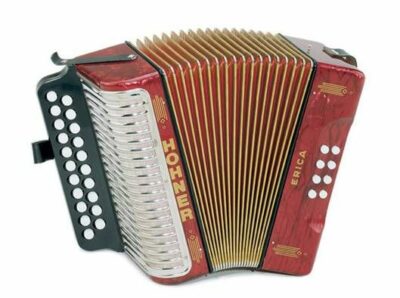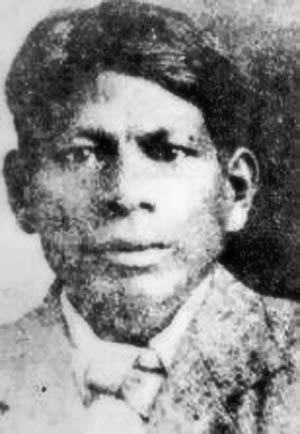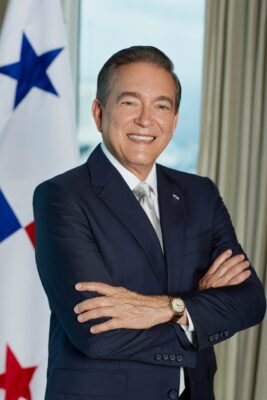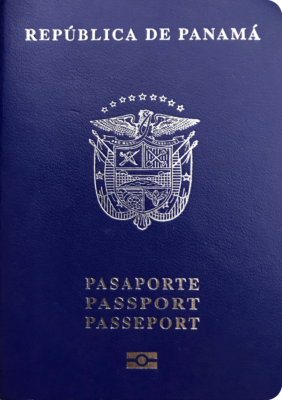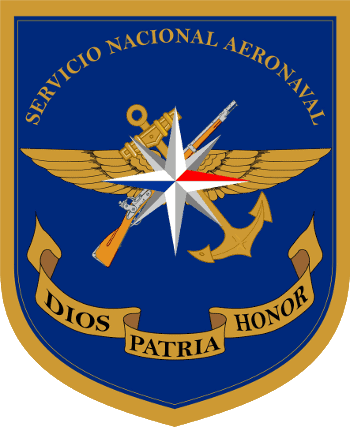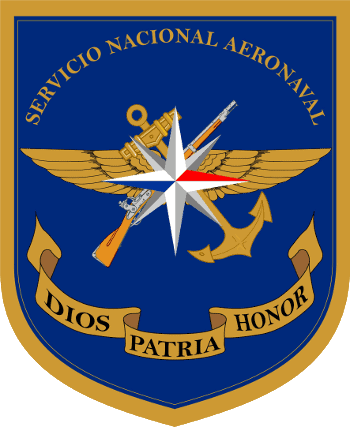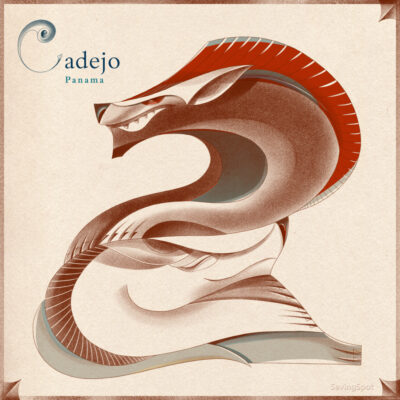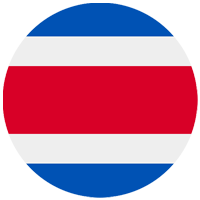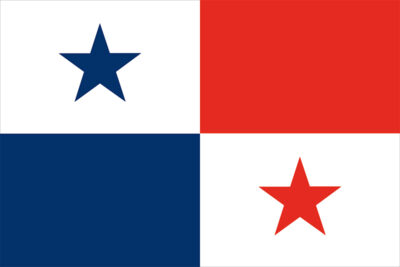National Symbols of Panama
Last updated on May 16th, 2023 by Editorial Staff
Table Of Contents
Reviewed by Rittika
Panama is a country in North America. The official name of Panama is the Republic of Panama. It shares borders with 2 countries: Colombia, and Costa Rica. The people of Panama are called Panamanians. The country is in Central America, bordering both the Caribbean Sea and the North Pacific Ocean, between Colombia and Costa Rica.
Etymology discusses where a term is considered to have originated from and how its meaning has changed over time. Etymology has been a factor in the naming of countries all across the world, and Panama has also been influenced. The etymology of Panama can be defined as; After a former village near the modern capital, Panama City. From the Cueva language meaning “place of abundance of fish” or “place of many fish”, possibly from the Caribe “abundance of butterflies”, or possibly from another native term referring to the Panama tree.
An ethnicity is a group or sub-group of people who are connected based on common characteristics which may include religion, origin, language, traditions, or culture. The ethnic groups in Panama is Mestizo.
Copa Airlines is the national airline of Panama. The national colors of the country are blue, white, and red. The emoji flag of the country is ????????, and the ISO code is PAN.
Panama is known for the famous Panama Canal. The national dish of Panama is Sancocho. Seco, in addition to being a traditional beverage, is one of the country’s national drinks. The national instrument of Panama is the Accordion.
The country has the time zone UTC−5 (EST) followed by dd/mm/yyyy as the standard date format.
Panama is divided into 10 provinces. The capital of the country is Panama City, which is also the largest city in Panama.
The literacy rate in Panama is 94.1%.
The country’s total area is 75,417 km² (29,119 sq mi), and the total population is 4,314,767. The country’s average elevation is 360 m (1,181 ft), whereas the country’s terrain can be defined as; Interior mostly steep, rugged mountains and dissected, upland plains; coastal areas largely plains and rolling hills. The country’s usual climate is tropical maritime; hot, humid, and cloudy; prolonged rainy season (May to January), and a short dry season (January to May).
The area of land next to a sea is called the coast, and a coastline is defined as the line where land and sea meet. Panama has 2,490 km of coastline.
The Panamanian Balboa serves as the national unit of currency. The domain for Panama is .pa and the country code is +507. The Harpy eagle is the country’s coat of arms.
Museums are known to educate and connect visitors with the nation’s history, culture, civilization, art, and architecture. The Museum of History of Panama serves the same purpose and is considered one of the most significant tourist attractions. The Museum of History of Panama is home to a large collection of artifacts. It has been designated as the national museum of the country.
The national dress of Panama is the Pollera, and 3 November is designated as National Day. In Panama, the majority of the population practices Christianity Roman Catholicism, Protestantism, and other Christian traditional faiths as their religion.
Nature is a blessing from God and we must protect it because it provides us with the oxygen and food to survive. It also helps to keep our environment beautiful and clean. To emphasize the significance of nature, Panama has selected a few forces of nature as national symbols. Panama’s national bird is the Harpy eagle, while its national animal is the Panamanian golden frog. The national flower is Peristeria elata, whereas Rambutan is the country’s national fruit. The national tree of Panama is the Panama tree, and the highest peak is Volcán Barú.
Mythical creatures can be found in the literature and mythologies of many different nations. They represent imaginative representations of various creatures, humans, or hybrids. They are known for their specific features, supernatural abilities, and distinctive appearance. The mythical creature of Panama is Cadejo.
Sports have always played an important role in developing the social and cultural structure of Panama and other countries. When it comes to designating a sport as the official symbol, Baseball is considered the country’s national sport.
Poetry is a highly valued form of art, and many poets are considered significant national symbols of the country. The national poet of Panama is Ricardo Miró.
Simón Bolívar is the founder of Panama. The country’s national anthem was written by Jeronimo de la Ossa, and composed by Santos Jorge.
The country’s national hero is Victoriano Lorenzo.
Due to their unique qualities and rich cultural or historical backgrounds, national monuments around the world are of great importance. Church of the Golden Altar, Metropolitan Cathedral, Salón Bolivar, Las Bovedas vaults, Heron’s Palace, and a French monument are recognized as the national monument of the country. They attract visitors from all around the world.
Numerous organizations are working on a global level to improve the current state of affairs and to collaborate in order to establish and maintain constructive partnerships. Panama is a member of the Central American Integration System (SICA), Organization of American States (OAS), and United Nations (UN). Panama collaborates with them to organize, analyze, and address various events and situations.
The tourism slogan of the country is “Discovered by Nature” whereas, “Pro mundi beneficio – “For the benefit of the world” is the official motto of the country.
Laurentino Cortizo is the current President of Panama.
Panama has declared Spanish as the country’s official language.
– Further information regarding the symbols and knowledge of Panama can be found in the table of contents –
Country information
Coat of arms
Flag map of Panama
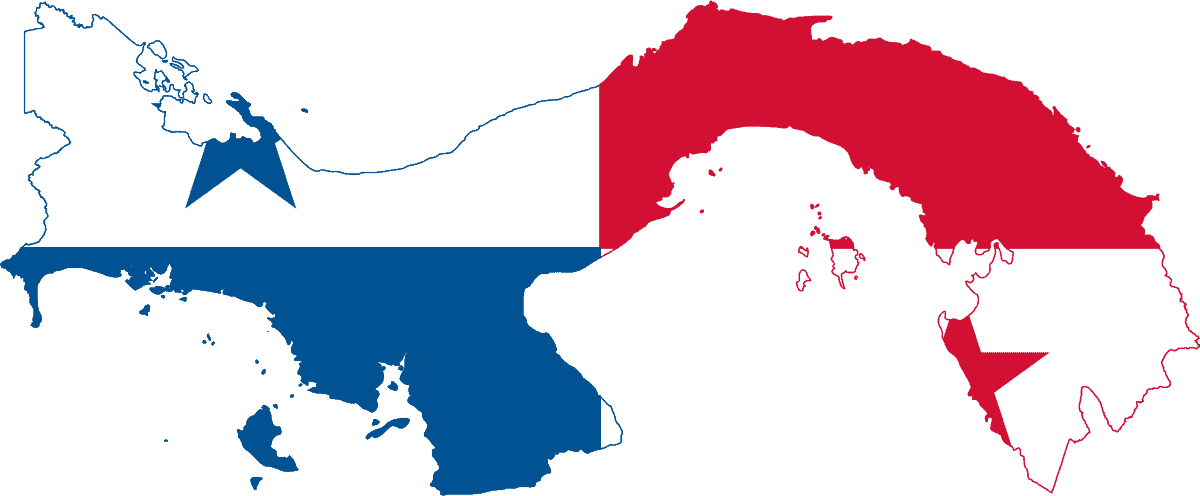
Motto of Panama
Pro mundi beneficio - "For the benefit of the world"
National animal of Panama
The National animal of Panama is Panamanian golden frog
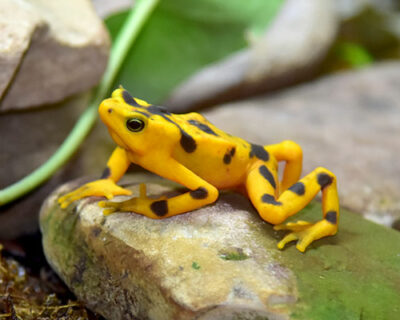
National flower of Panama
The National flower of Panama is Peristeria elata. Botanical name is Peristeria Elata.
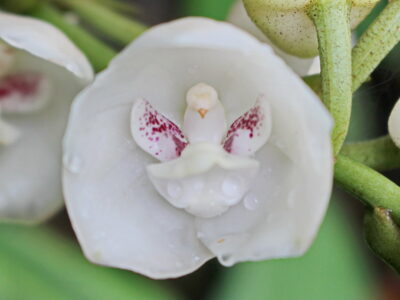
National bird of Panama
The National bird of Panama is Harpy eagle
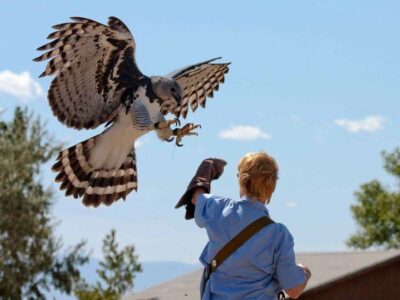
Rest of the National symbols of Panama 👇
-
FounderSimón Bolívar
-
National dishSancocho
-
National danceTamborito
-
National dressPollera
-
National monumentChurch of the Golden Altar, Metropolitan Cathedral, Salón Bolivar, Las Bovedas vaults, Heron's Palace and a French monument
-
National anthemView Anthem
-
National fruitRambutan
-
National drinkSeco
-
National colorsBlue, white, and red
-
National sportsBaseball
-
National treePanama tree
-
National poetRicardo Miró
-
National mausoleumNot Declared
-
National archivesNational Archives of Panama
-
National museumMuseum of History of Panama
-
National libraryNational Library of Panama
-
Highest peakVolcán Barú
-
National football teamPAN
-
Tourism sloganDiscovered by Nature
-
Emoji flag????????
-
National airlineCopa Airlines
-
National instrumentAccordion
-
National heroVictoriano Lorenzo
-
PresidentLaurentino Cortizo
-
Olympics CommitteeComité Olímpico de Panamá
-
PassportPassport of Panama
-
NavyNational Aeronaval Service
-
Air ForcePanamanian National Aeronaval Service
-
Mythical CreatureCadejo
Neighbouring countries of Panama
Panamanian Proverbs - Popular quotes, proverbs and sayings.
Though you possess prudence, old man, do not despise advice. When the eyes see nothing, the heart feels nothing. Half of an orange tastes just as sweet as a whole one. Speak whenever you must, hush whenever you can. A proverb is to speech what salt is to food. The wise man affirms little and doubt much. The leafiest tree doesn’t always have the juiciest fruit.
